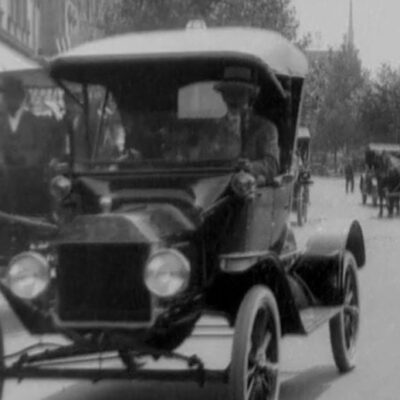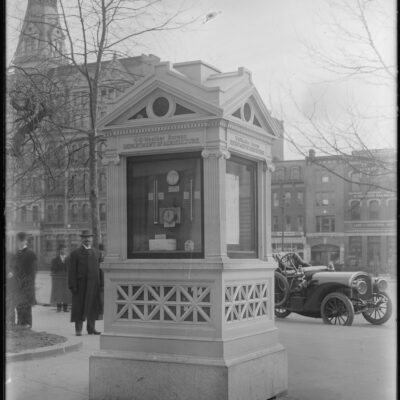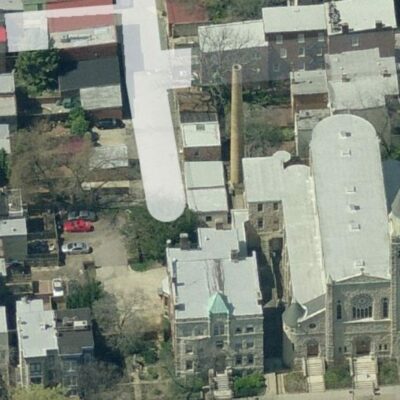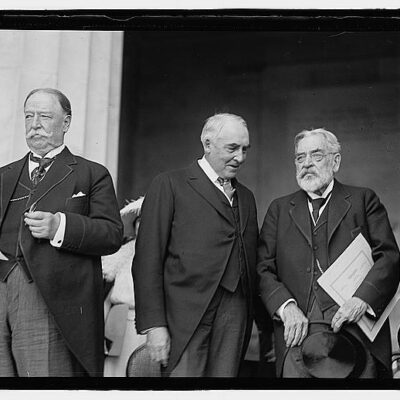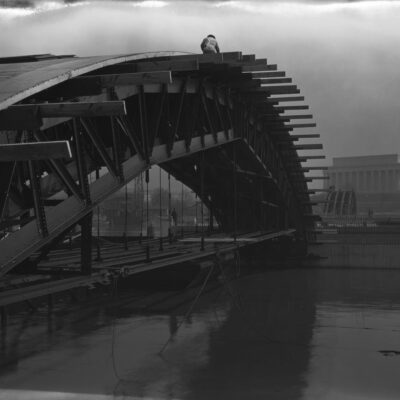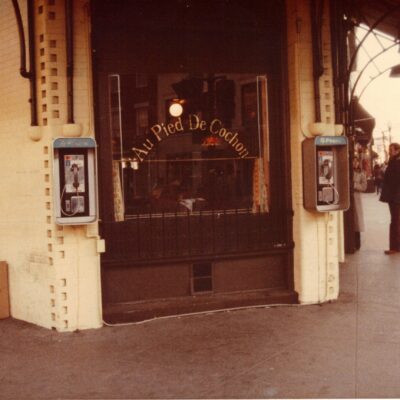
Walking through the Navy Yard a few weeks ago, I stumbled upon an incongruous plaque embedded on the side of a building. The building was a modern parking garage, similar to dozens around the city, and unremarkable in every particular. Except, of course, the plaque.
It read, quite simply;
Within this wall is deposited the leg of Col. Ulric Dahlgren USV, wounded July 6th 1863 while skirmishing in the streets of Hagerstown with the rebels after the battle of Gettysburgh
It’s one of those finds that spurs you to more research. Who was Col. Dahlgren? Why is the leg of an Army officer (USV refers to United States Volunteers, indicating he wasn’t part of the Regular Army in the Civil War) on a Navy base? And how did this plaque end up on what’s obviously a very recent building? Mostly, is the leg still there?
The story proved to be quite as remarkable as promised. “Dahlgren” is already a pretty recognizable name around the Navy Yard. Rear Admiral John Dahlgren founded the Navy’s Ordinance Department several years before the Civil War, and pioneered the development of a smooth-bore cannon that would bear his name, the Dahlgren Gun. President Lincoln, ever the technophile, was fascinated by the Admiral and would regularly visit the Navy Yard to see the Admiral’s latest toy.
Which clears up one mystery quite nicely. Ulric was the Admiral’s son, and as the plaque said, wounded in the right foot and lower leg in the aftermath of Gettysburg. Then-Capt. Dahlgren was brought back to Washington to recuperate at his father’s house at the Navy Yard. Unfortunately, the wound festered and the leg had to be removed below the knee. His life hung in the balance for several days, but he recovered and was promoted to Colonel in recognition of the heroism he had shown in the campaign.
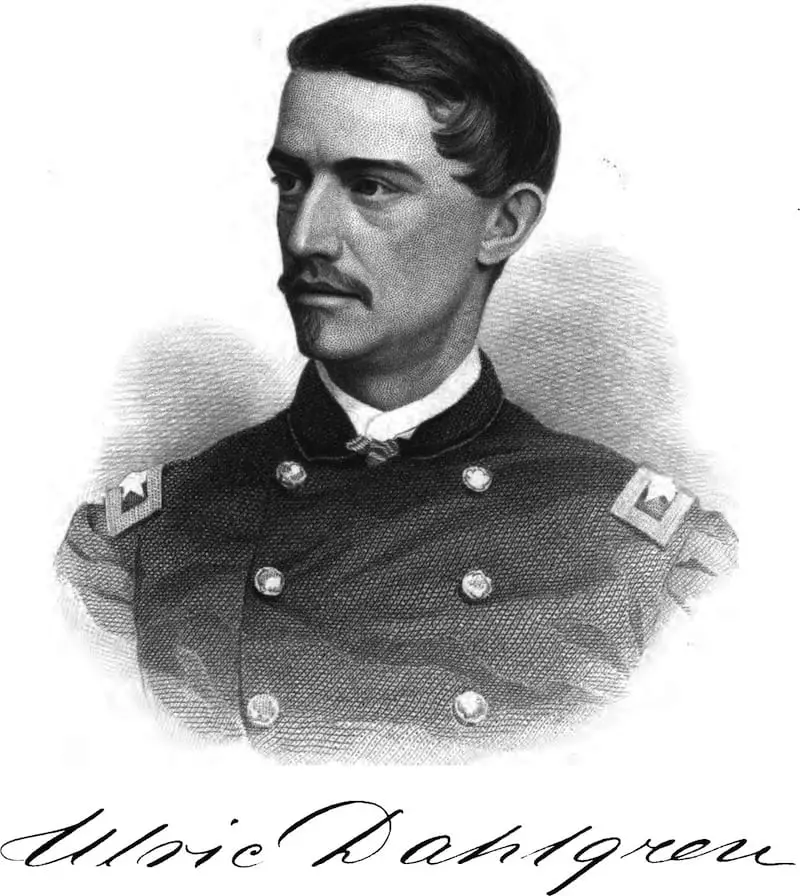
But what about the leg? In the heat of battle, most amputations were hurriedly buried, but, for those who could swing it, generally influential or high ranking officers, the limbs might be symbolically buried, or even preserved. To this day, Confederate General Stonewall Jackson’s arm is entombed at the Stonewall Jackson Shrine, maintained by the very government he fought against, and Union General Dan Sickles’s leg, also lost at Gettysburg, is part of the collection of the National Museum of Health and Medicine. Fitting, as General Sickles spent the remained of his life touring the country with it.
Most soldiers attempted to respectfully bury their limbs at home, but in Col. Dahlgren’s case, the brutal heat of a Washington summer made that, um, impractical. So the leg was interred with full military honors in the cornerstone of a new foundry under construction at the time, and the plaque we see today was installed outside. The Dahlgren Foundry, as it was known, was torn down in 1915 and replaced with a metal fabrication shop, known unromantically as Building 28. Building 28 was itself torn down and replaced in 1942, with was, in turn, replaced by the current structure in 1998, a parking garage known as, wait for it….Building 28.
Col. Dahlgren would go on to be killed in a daring raid in Richmond in 1864, in of itself a fascinating story. After the war, the mortal remains of Ulric, less one leg and a finger cut off to steal his ring after death, were taken to the family plot in Laurel Hill Cemetery, Philadelphia, where they rest today. The leg was, sadly enough, lost in the repeated demolitions and construction of Building 28, but the Navy preserved the plaque and prominently displayed it when the current structure was built, along with an accompanying sign that explains much of this.
Incidentally, Building 28 was again marked by history last month. It was here that Aaron Alexis parked his car before beginning the rampage that left 12 workers dead, as well as himself.

